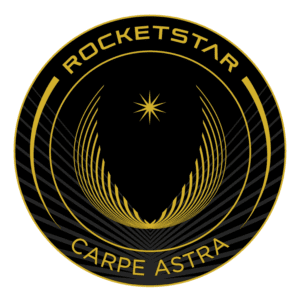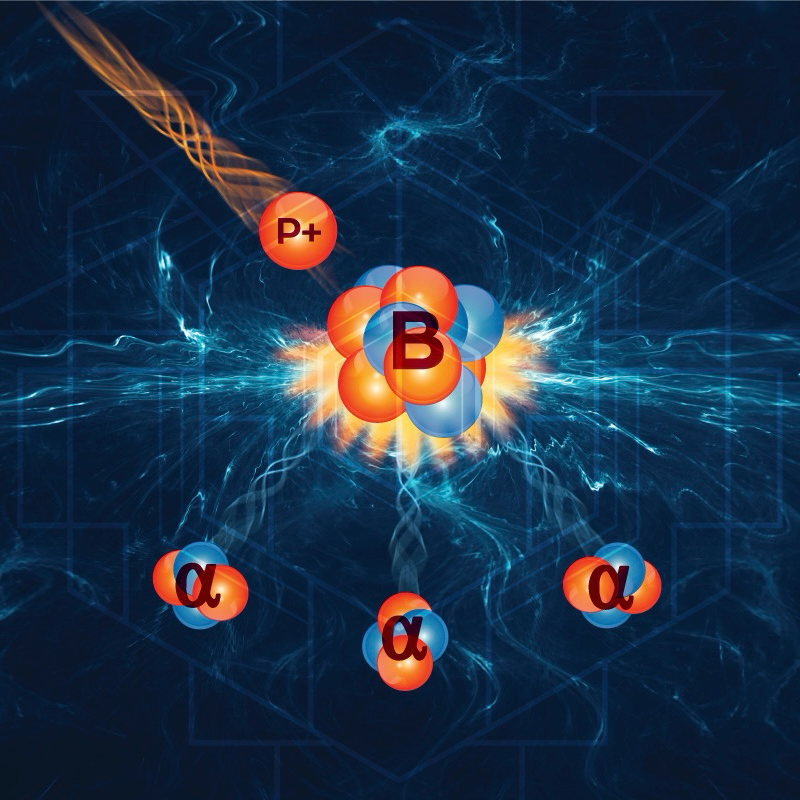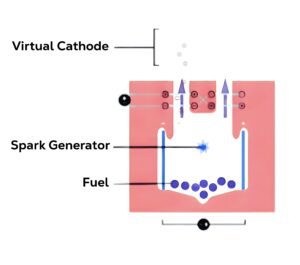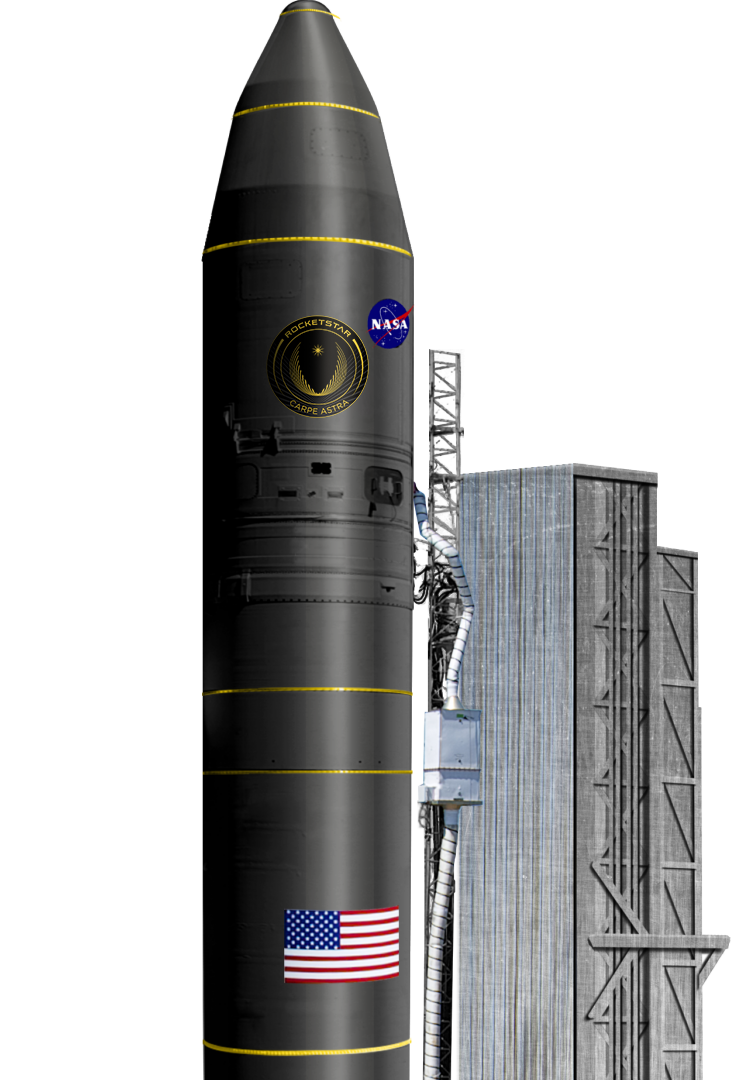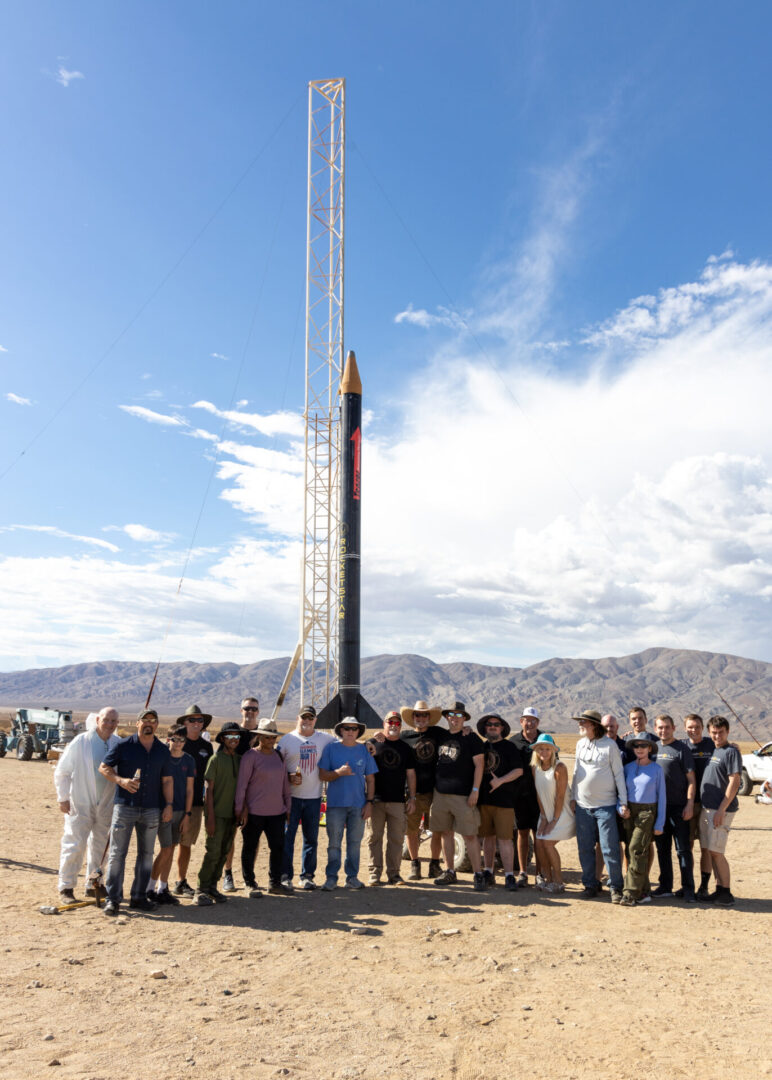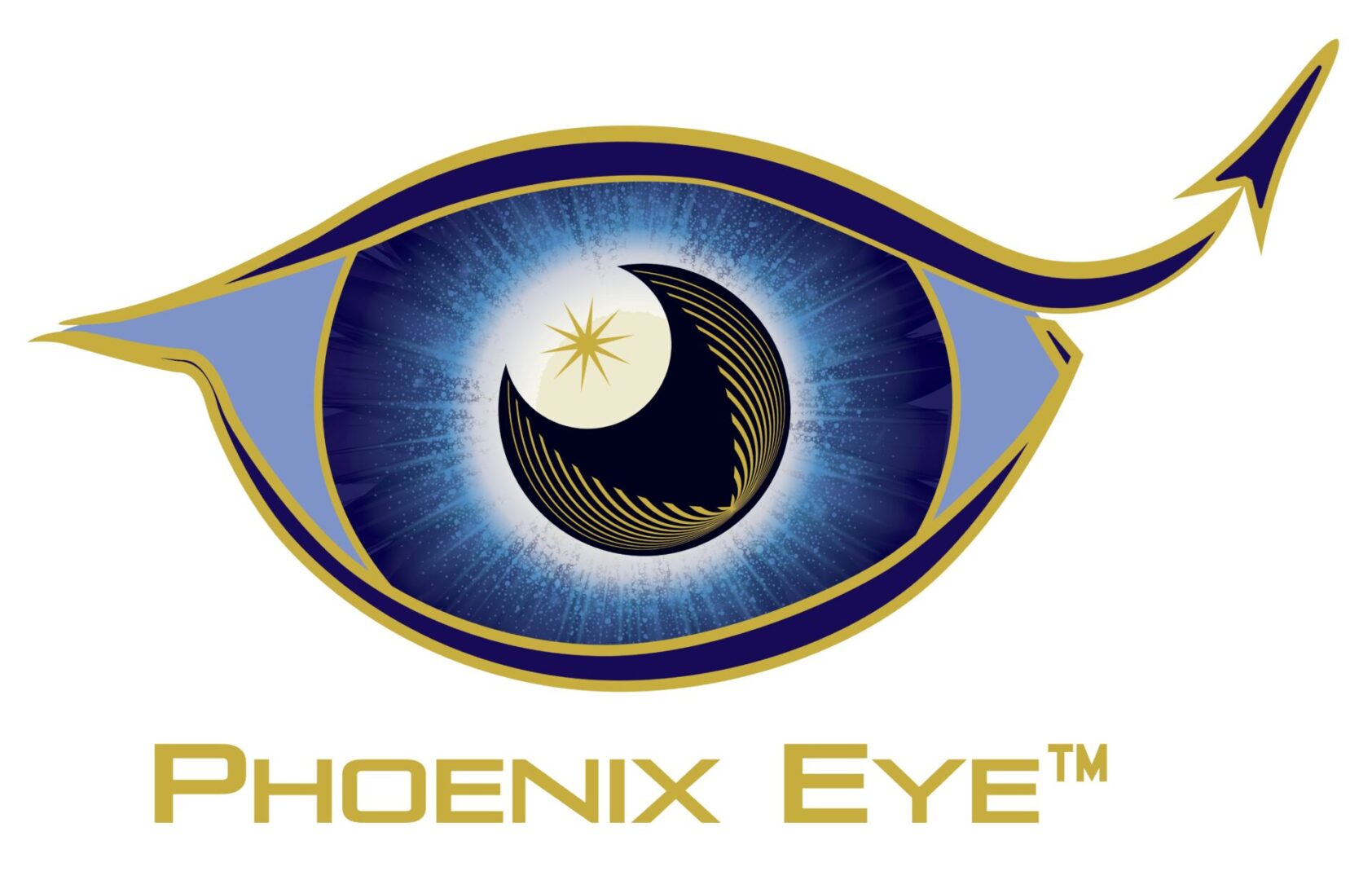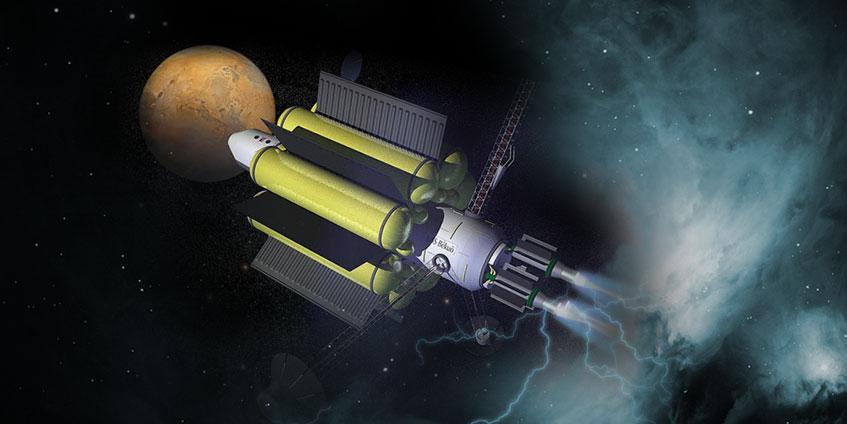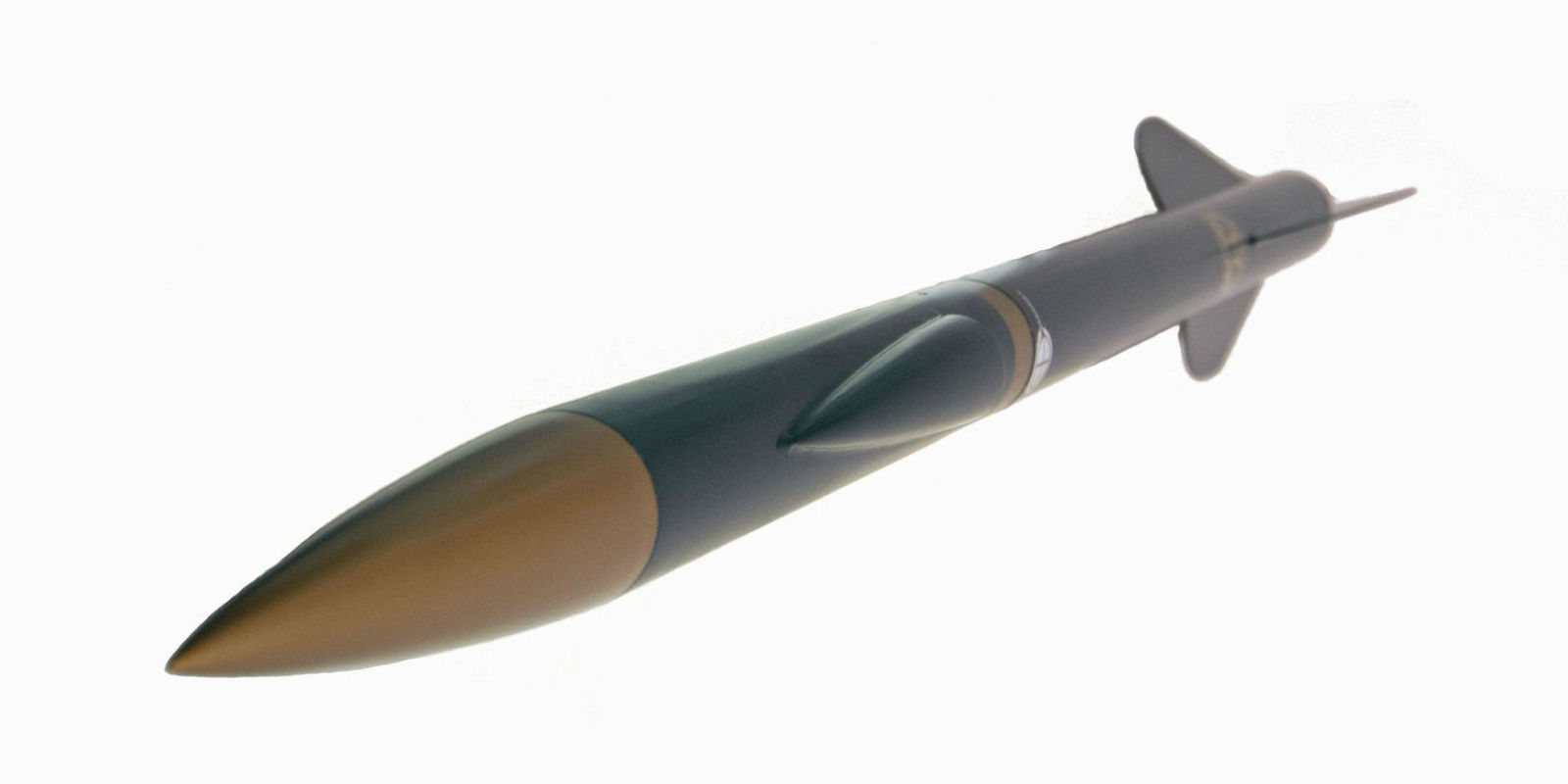PHOENIX EYE™ DIGITAL SIGNAL PROCESSING SOFTWARE SUITE
Phoenix Eye™ SignalBoost: The LPI/D Solution
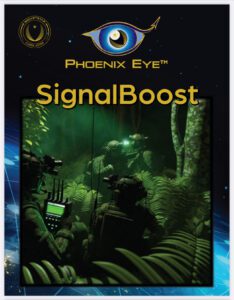
Imagine a scenario where if you click the mic on your radio, you’re dead! This is a scenario that Special Operators and others with covert or clandestine missions face. How do you communicate without notifying the enemy of your presence?
The Phoenix Eye™ SignalBoost system from RocketStar provides Low Probability of Intercept/Detect (LPI/D) capabilities for Tactical Radio Communications. At the heart of our innovation is proprietary COTS software developed for deep space comms that has been adapted to detect signals tens of dB below the noise floor.
Phoenix Eye™ SignalPrint: Know Who’s Talking
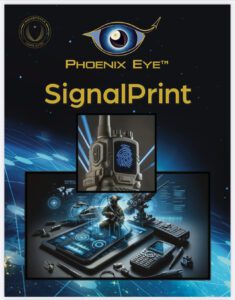
Hackers have busted into your mesh network and captured crypto keys for your mission critical system. They can’t access your hardware, so they use identical radios to transmit the signals from the expected location. Your system has an authenticated message from the correct hardware in the right place but it’s a cyber-attack! How do you stop it before it starts?
The Phoenix Eye™ SignalPrint system from RocketStar provides unique identification of specific transmitters even if they are all identical in design, manufacture, configuration, software, and crypto. Its proprietary COTS software can identify the unique “fingerprints” of any electronic transmitter giving you the ability to identify and track individual radio emitters with unprecedented accuracy.
Phoenix Eye™ SyncWave: Digital Signal Processing Software
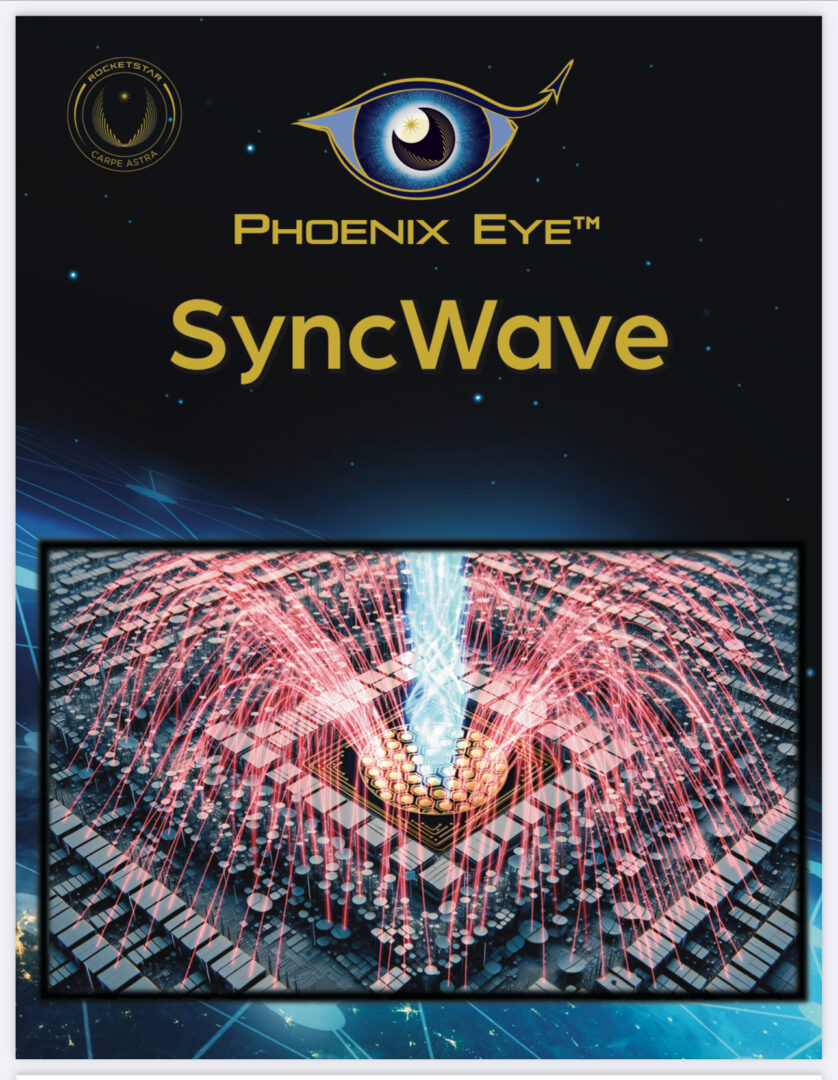
Electronically Scanned Antenna (ESA) receivers allow clear reception by combining weak signals, but their signal gathering power suffers dramatically from grating lobes caused by carrier phase differences, which severely limits antenna design options.
PhoenixEye™ OmniPNT: The GPS-Denied PNT Solution
 Imagine navigating anywhere on Earth without access to GPS signals. RocketStar has solved this persistent problem by creating a highly innovative Alternative Positioning, Navigation & Timing (APNT) system, the Phoenix Eye™ OminiPNT that makes it possible. It’s a Commercial Off-the-Shelf (COTS) software solution that uses radio waves from celestial objects like the sun, moon, planets, satellites, pulsars and other signals of opportunity to determine location (latitude, longitude, altitude and time).
Imagine navigating anywhere on Earth without access to GPS signals. RocketStar has solved this persistent problem by creating a highly innovative Alternative Positioning, Navigation & Timing (APNT) system, the Phoenix Eye™ OminiPNT that makes it possible. It’s a Commercial Off-the-Shelf (COTS) software solution that uses radio waves from celestial objects like the sun, moon, planets, satellites, pulsars and other signals of opportunity to determine location (latitude, longitude, altitude and time).
Phoenix Eye™ WhisperHunter

Electronically Scanned Antenna (ESA) receivers allow clear reception by combining weak signals, but their signal gathering power suffers dramatically from grating lobes caused by carrier phase differences, which severely limits antenna design options.
CONTACT: Christopher Craddock | CEO & Founder | chris@rocketstar.nyc | 917-383-2320
AND MOST IMPORTANTLY, REUSABLE
Instead of waiting two months or more for a traditional rocket to be ready for reuse, the revolutionary Aerospike engine allows our single-stage-to-orbit (SSTO) rockets to be ready to fly again within two weeks after use. This technology will allow for faster, cheaper and more reliable space transportation, bringing the stars closer to all of us than ever before.
The Team
The heart and soul of RocketStar is our team. A small, but talented team of scientists and adventurers, we won’t stop until space is truly democratized and open for everyone, everywhere.
EXECUTIVES

Chris founded RocketStar in 2014 to help bring earthbound industries to space through the ubiquitous use of reusable single-stage-to-orbit technology and RocketStar’s revolutionary patent-pending Aerospike engine.
Under Chris’s leadership, RocketStar developed their breakthrough rocket, a standardized, low-cost, reusable launch vehicle that revolutionized the future of space travel by providing routine and affordable access to space.
Chris has had numerous articles on space travel and affordable access to orbit published by the Defense Systems Information Analysis Center (DSIAC), and spoken on physics, rockets, and the aerospace industry to The Society of Physics Students at Stony Brook University. Notably, while at Stony Brook University, Christopher worked on The PHENIX Project, which succeeded in verifying the 4th state of matter; this was the first time the theoretical phase was confirmed in a real world setting.
Prior to RocketStar, Chris spent 15 years on Wall Street, most recently as the owner of CC Trading Company, LLC. Chris graduated from Stony Brook University with a bachelor’s degree in Physics.

Wes Faler is responsible for the creation of RocketStar's Phoenix Eye™ DSP suite of software products, as well as the FireStar Fusion Drive. Wes was previously President of Fluid & Reason where he invented the ConstantQ thruster. He was also Chief Software Engineer for Lunar X-Prize team Part Time Scientists and, most recently, was the Founder of Miles Space Inc, a space propulsion and communications company, aquired by RocketStar in March 2024.
ADVISORY BOARD
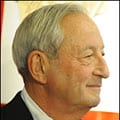
Robert Briskman is a founding member of NASA, and former Chief Technical Officer and Executive Vice President of Engineering of Sirius Satellite Radio.
Robert has a distinguished history of prestigious roles and accolades within the engineering field, having served as chief of program support for NASA’s Office of Tracking and Data Acquisition, where he invented the unified S-band system and received the Apollo Achievement Award. From 1964 to 1985 he worked for Communications Satellite Corporation and then COMSAT General Corporation, where he was vice president of systems implementation. He was senior vice president of engineering for Geostar Corporation, and co-founded Sirius Satellite Radio, now Sirius XM Radio. Robert obtained his bachelor’s degree in Engineering from Princeton University and his master’s degree in Electrical Engineering from the Clark School. He has received numerous honors, authored more than 50 technical papers, and holds many U.S. and foreign patents.

Michael Yen serves on the RocketStar advisory board with a focus on small business development, staff onboarding and HR development.
Michael is currently the President and CEO of W&Y Staffing Inc. where his responsibilities include establishing and maintaining customer relationships, employee recruitment and financial accountant. He is also the Manager, Population Health and Specialty Program Management, at MagnaCare - Brighton Health Plan Solutions, and the CEO, co-founder and head coach of Queens Fencing Club. He previously held multiple positions in the healthcare industry building an extensive background in data analytics, management and consulting.
Michael received his bachelor’s and master's degrees from Stony Brook University and a master’s certificate in healthcare leadership from Cornell University.
 Ronald Fussell’s career in science and engineering includes work for the U.S. Department of Defense, the United States Intelligence Community, NASA and commercial space companies. Major career contributions include active participation in two U.S. Department of State aerospace projects (Project Peace Pharaoh and Project Peace Sun), engineering support of multiple U.S. Space Transportation System (Space Shuttle) scientific payloads, International Space Station development and deployment, as well as, the development of Earth-monitoring sensor networks. Mr. Fussell actively participated in engineering education accreditation with ABET as a university program evaluator and holds multiple patents with the U.S. Patent and Trademark Office. Mr. Fussell is a veteran of the U.S. Air Force and actively supports university-based engineering mentorship programs.
Ronald Fussell’s career in science and engineering includes work for the U.S. Department of Defense, the United States Intelligence Community, NASA and commercial space companies. Major career contributions include active participation in two U.S. Department of State aerospace projects (Project Peace Pharaoh and Project Peace Sun), engineering support of multiple U.S. Space Transportation System (Space Shuttle) scientific payloads, International Space Station development and deployment, as well as, the development of Earth-monitoring sensor networks. Mr. Fussell actively participated in engineering education accreditation with ABET as a university program evaluator and holds multiple patents with the U.S. Patent and Trademark Office. Mr. Fussell is a veteran of the U.S. Air Force and actively supports university-based engineering mentorship programs.
RocketStar in the Press
RocketStar Inc. Unveils Phoenix Eye™: A Groundbreaking Advance in Digital Signal Processing for Critical Missions
RocketStar Inc., a pioneering force in aerospace technology, today unveiled
Phoenix Eye™, a groundbreaking suite of digital signal processing software. Designed to meet
the advanced communication needs of satellites, military operations and other high-level
applications, Phoenix Eye™ is set to redefine the boundaries of secure and reliable
communication. Phoenix Eye™ solves longstanding barriers in communication technology,
offering unparalleled capabilities in navigation, signal detection, electronic fingerprinting and
secure transmission.
RocketStar Announces Successful Demonstration of Fusion-Enhanced Pulsed Plasma Electric Propulsion
RocketStar Inc. has successfully demonstrated the FireStar Drive, a groundbreaking electric propulsion unit for spacecraft that uses nuclear fusion-enhanced pulsed plasma. This innovative device significantly boosts the performance of RocketStar's base water-fueled pulsed plasma thruster by utilizing a unique form of aneutronic nuclear fusion. The base thruster generates high-speed protons through the ionization of water vapor. When these protons collide with the nucleus of a boron atom, the atom undergoes fusion, transforming into a high-energy form of carbon that rapidly decays into three alpha particles. By introducing boron into the thruster's exhaust, the FireStar Drive enables this fusion process. Similar to the way an afterburner enhances thrust in a jet engine by introducing fuel into the exhaust, the fusion occurring in the thruster's exhaust significantly improves its performance.
ROCKETSTAR READY FOR SECOND SUBORBITAL FLIGHT ATTEMPT
RocketStar aims to launch its developmental Cowbell rocket from this multi-use launchpad in Cape Canaveral, Florida.
TAMPA, Fla. — New York-based RocketStar plans to launch its aerospike-powered rocket for the first time this fall, carrying a prototype satellite for resource-mapping startup Lunasonde on a brief suborbital trip.
The 12-meter rocket that RocketStar calls Cowbell aims to reach 21,000 meters on its test flight, depending on final safety requirements from NASA for launching from Launch Complex 48 — a multi-use launchpad in Cape Canaveral, Florida.
Defense Systems Information Analysis Center
Space Travel Aided by Plasma Thrusters: Past, Present, and Future
Although the basic concept of operation for plasma thrusters has not changed since their first demonstration, much advancement has been made over the years due to extensive research, design, testing, and engineering. Goebel and Katz consider ion and Hall thrusters “more modern electric engines that are finding increasingly more applications.”
Further understanding the principles of operation and seeking ways to improve the technology for future advanced applications continue to be the challenges facing many private companies, government institutions, and universities across the world.
New York Post
Are reusable rockets the key to creating more jobs?
By John Aidan Byrne
Chris Craddock has a dream, and it’s out of this world.
The Wall Street money man is on the cutting edge of advances in cost-saving and reusable rockets, which land safely and are ready quickly for the next launch.
“It doesn’t drop a piece as it flies into orbit like the Saturn 5 did on the Apollo mission,” Craddock told The Post as he prepares for the next test. “It’s like a commercial airplane that flies to the destination, lands, refuels, then flies to the next destination.”
Craddock, 38, says he has leapfrogged his rivals, recently moving from concept to launch within six months with his proprietary, the 3-D-printed “aerospike” engine.
“If I get my way, thousands of jobs will be created,” said Craddock, who grew up in Babylon, Long Island, sadly watching military aerospace industrial players like Northrop Grumman shed thousands of middle-class jobs.
“This will bring manufacturing back to Long Island in a big way,” added Craddock, now a Manhattan resident. “It won’t be just building some nameless widget for a company. People will have pride that they are advancing humanity through rockets.”
Popular Mechanics
RocketStar Wants to Make Going to Space a One-Step Process
RocketStar has its sights set on "single stage to orbit," building a rocket that can leave the planet without requiring multiple stages. That's one of the big goals of rocketry that could make reaching space cheaper and more accessible for everybody, but so far, no one has been able to do it.
Defense Systems Information Analysis Center
Affordable Access to Low Earth Orbit
A NEW VISION
The last decade has seen a resurgence of NASA’s bold visions, from returning humans to the moon after a 50-year hiatus to colonizing Mars.
